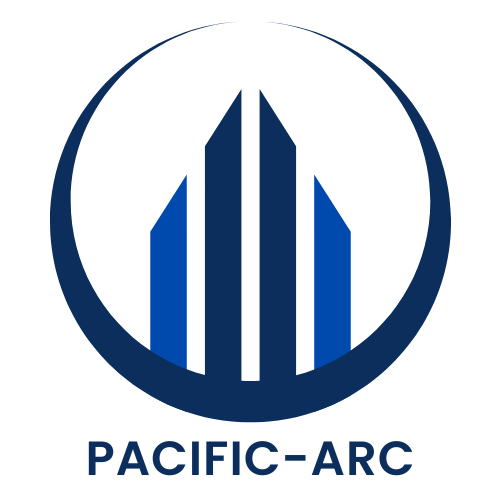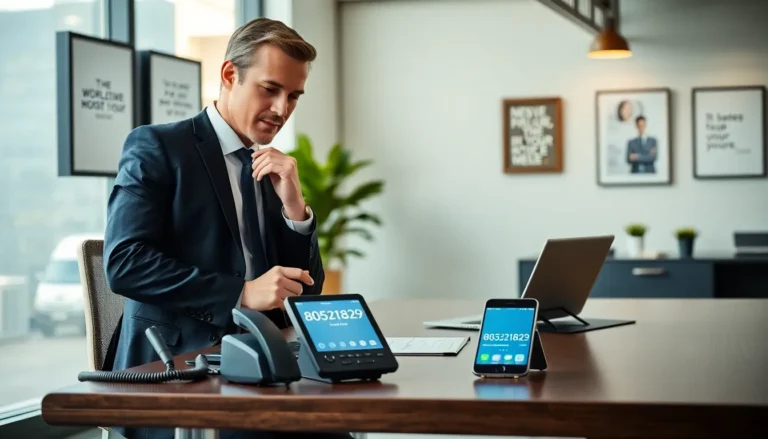Buying a home can feel like trying to solve a Rubik’s Cube blindfolded. With rising prices and hefty down payments, many potential homeowners are left scratching their heads. Enter the Home Equity Line of Credit (HELOC), your financial Swiss Army knife. But can it really help you snag that dream home?
Imagine using the equity in your home like a superhero cape, swooping in to save the day. It’s not just a lifeline; it’s a game-changer. With the right strategy, a HELOC could be your ticket to a down payment. So, let’s dive into whether this clever financial tool can turn your homeownership dreams into reality without breaking the bank—or your spirit.
Table of Contents
ToggleUnderstanding HELOCs
A Home Equity Line of Credit (HELOC) provides homeowners with a revolving credit option based on their home equity. This financial tool allows individuals to access funds for various purposes, such as making a down payment on a new home.
What Is a HELOC?
A HELOC represents a secured loan that utilizes home equity as collateral. Homeowners can borrow against the difference between their home’s market value and the outstanding mortgage balance. This line of credit typically offers flexible borrowing options and a variable interest rate, making it an attractive choice for many.
How Does a HELOC Work?
A HELOC works by allowing homeowners to draw funds as needed, up to a predetermined credit limit. Interest only applies to the borrowed amount during the draw period, which usually lasts 5 to 10 years. Repayment begins after the draw period ends, converting the borrowed amount into a traditional loan with fixed monthly payments. Accessing these funds depends on reaching the lender’s credit requirements and maintaining sufficient equity in the home.
Using a HELOC for a Down Payment


Funding a down payment through a HELOC is an option many homeowners consider. This approach can make purchasing a new home more attainable.
Eligibility Criteria
Lenders examine several factors to determine eligibility for a HELOC. Homeowners must have significant equity in their properties, usually at least 15% to 20%. Credit scores play a crucial role, typically requiring a score of 620 or higher. Additionally, stable income and employment history matter in the approval process. Debt-to-income ratios must remain within acceptable limits, often below 43%. Homeowners should gather necessary documentation, like tax returns and pay stubs, to facilitate the application process.
Pros and Cons
Using a HELOC for a down payment presents various advantages. Flexibility in borrowing allows homeowners to access funds as needed. Interest rates tend to be lower than personal loans due to the secured nature of a HELOC. Conversely, risks accompany this strategy. Homeowners increase their overall debt, which can strain finances. Fluctuating interest rates may lead to unexpected increases in monthly payments. Additionally, failure to repay can result in losing the home, as the HELOC is secured by equity. Understanding these factors helps homeowners make informed decisions.
Alternative Options for Down Payments
Homebuyers seeking alternatives for down payments can consider various options beyond HELOCs. Here are a couple of effective methods to explore.
Traditional Financing Methods
Conventional loans often provide a reliable path for down payments. Many lenders offer options requiring as little as 3% to 5% of the home’s price, making homeownership more accessible. Additionally, some mortgages allow for down payment assistance through gifts from family members. Competitive interest rates on fixed-rate loans contribute to stable monthly payments, benefiting budget-conscious buyers. Always verify if the lender provides specific programs designed for first-time homebuyers, which may include flexibility with down payment requirements.
Government Assistance Programs
Government programs often facilitate home purchases for those with limited financial resources. The Federal Housing Administration (FHA) offers loans with a down payment as low as 3.5%, which appeals to many new buyers. Another option includes USDA loans, targeted at rural homebuyers, providing zero down payment opportunities based on income eligibility. The Department of Veterans Affairs (VA) provides specific benefits to veterans and active-duty service members, allowing qualifying individuals to purchase homes without any down payment. Buyers must research local and state programs, as these often include grants or additional assistance tailored to specific demographics or regions.
Financial Considerations
Many factors come into play when deciding to use a HELOC for a down payment. Understanding these financial aspects is essential for making informed choices about homeownership.
Impact on Your Credit Score
A HELOC affects credit scores through multiple factors. Utilizing a significant portion of available credit can lower credit scores, and lenders often evaluate credit utilization ratios. Observing credit inquiries during the application process can also impact scores negatively. Maintaining timely payments on the HELOC helps keep credit scores stable. Strategies include keeping overall debt levels manageable and monitoring credit reports for errors. These practices ensure a healthier credit profile throughout the loan period.
Changes to Your Debt-to-Income Ratio
A HELOC can alter your debt-to-income ratio significantly. Lenders calculate this ratio by dividing total monthly debt payments by gross monthly income. Adding a HELOC increases monthly obligations, which may raise the debt ratio, impacting future borrowing capacity. Homebuyers aiming for favorable mortgage terms need to keep this ratio below 43%. Careful planning is necessary to balance the HELOC against other debts, ensuring it does not hinder overall financial health. Understanding these changes helps maintain viability in future financial decisions.





